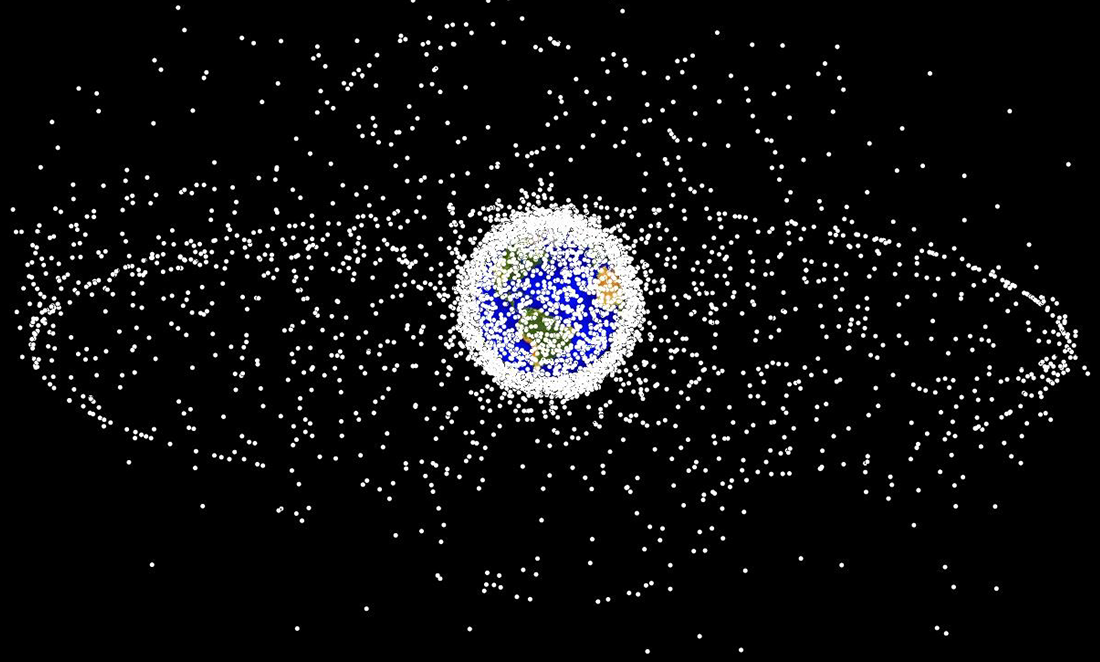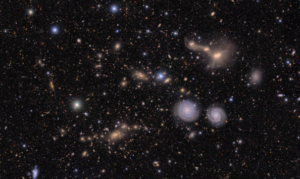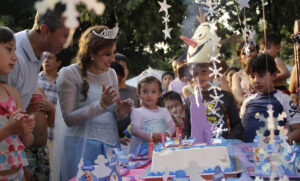Since 1958, humans have been rocketing stuff into space. You can watch some of it here.
Satellites, discarded rocket bodies and other debris orbit Earth, kept close by our planet’s gravitational pull. In 2013, NASA estimated that more than half a million bits of stuff surround Earth.
And with small satellites now being sent up to space in big numbers, it’s looking to get a lot more crowded up there.
Already, crashes and collisions are happening. Which is worrisome, because the satellite which allows me to stream Netflix is very precious to me. The satellites which ensure our national security are alright too. It may also be pertinent to remember that we have people in space and if anything collides with them it could be catastrophic.
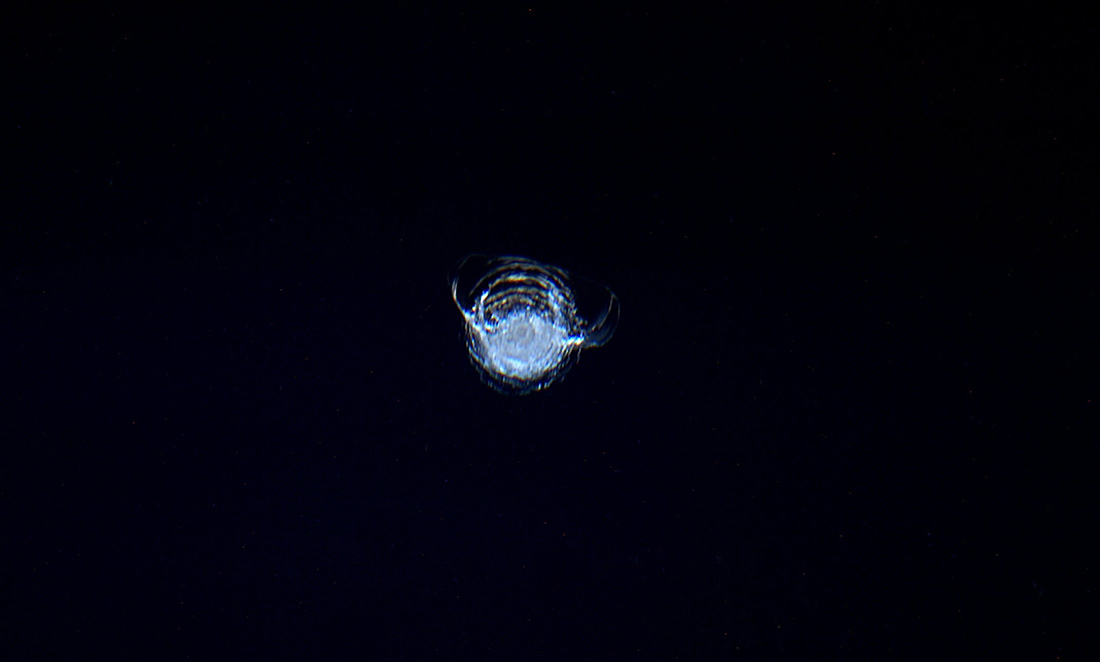
But a network of telescopes is spreading across the globe and together, they’ll help us keep tabs on all the stuff in space. The telescopes will be able to identify any space debris in orbit around Earth that is larger than 10cm by picking up any sunlight that the space trash reflects.
One of the scopes in this network has been set up in WA’s very own backyard. Not only is it helping satellites steer clear of collisions, it’s also providing rural communities unprecedented access to world-class science.
FALCONS ABROAD
The Falcon Telescope Network is a collaboration between USAFA and 16 different international educational and research institutions.
Twelve telescopes will make up the Falcon Network once it’s fully rolled out. 7 are spread across America, with one each in Chile and Germany. One will be built in South Africa in the near future. And two reside on Australian soil; one in our capital, Canberra, and one at the Gravity Discovery Centre (GDC) in Gingin. This West Aussie branch of the network is hosted by the GDC and supported by UWA and Catholic Education Western Australia.
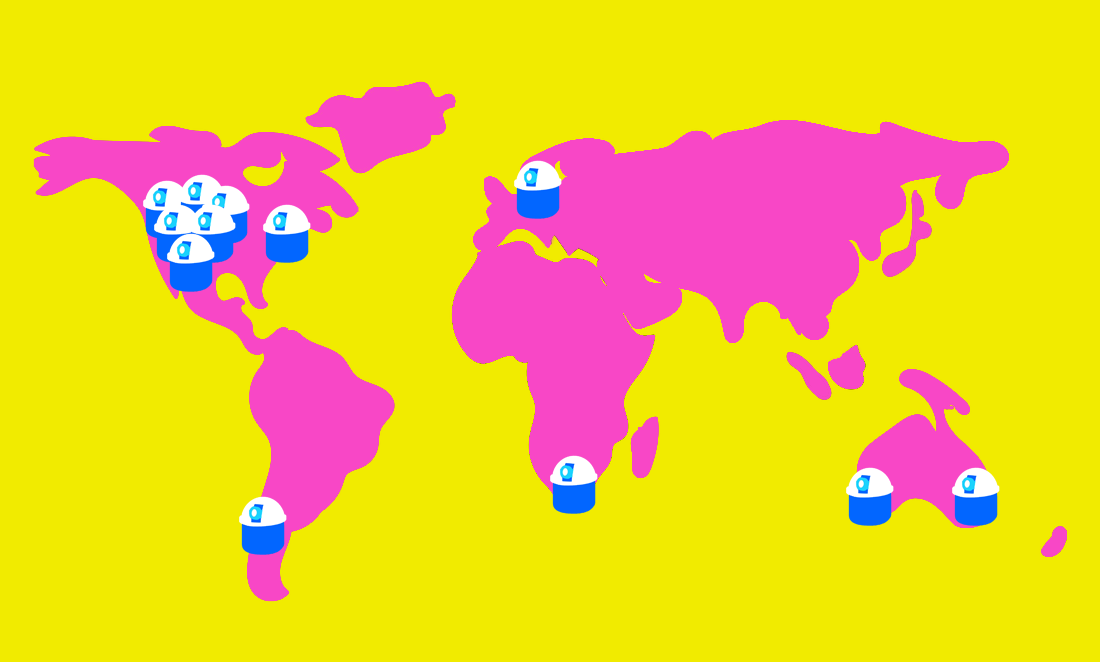
They may sit on four different continents, but these telescopes are exact replicas of each other. They can be remotely controlled and simultaneously observe the exact same objects in the sky. This uniformity is critical for data collection, and in achieving the goal of identifying and characterizing the satellites filling our near universe.
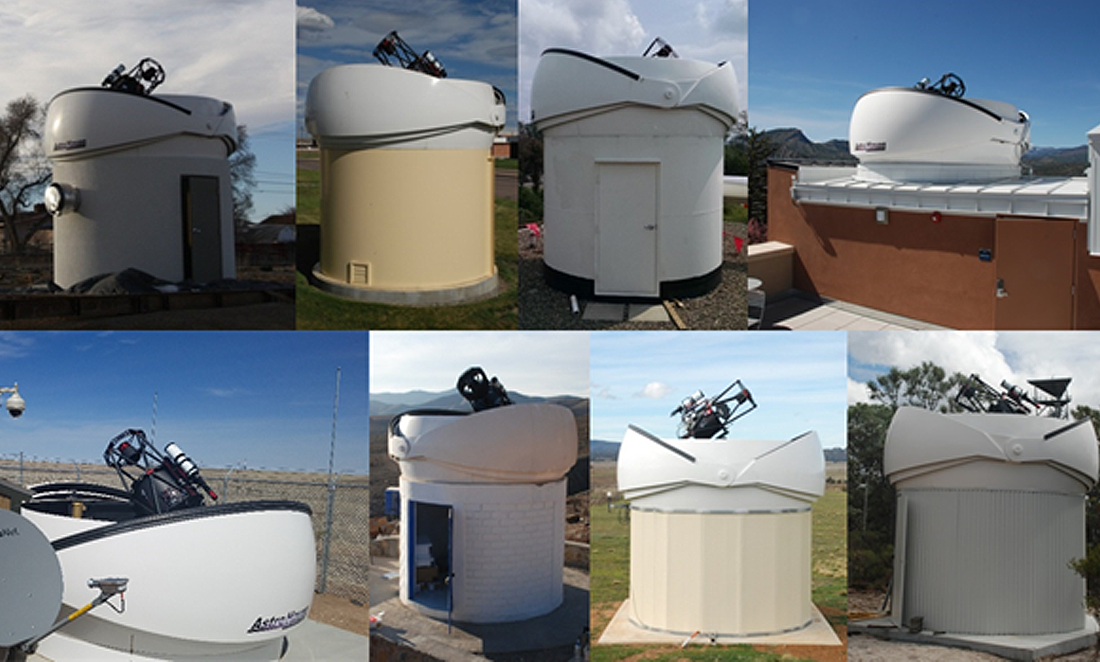
But the Falcon Telescope Network is so much more than just tracking things in space.
ROCKET SCIENCE FOR ALL
It’s also an ambitious outreach effort that has provided opportunities rural communities the opportunity to engage in world class astronomical science.
At St Joseph’s School in Northam, students who were curious about the night sky got the chance to work with the Falcon Telescope Network and conduct an actual scientific research project. After learning about astronomical objects with a sky visualisation program, they wrote testable, scientific questions about the stuff in our sky. They then submitted their research proposals to the Falcon Telescope Network First Light Project.
Using data collected from the global network of telescopes, students were able to identify and categorise objects in orbit around our planet. One year 7 girl was thrilled to find that some of the images she captured used data collected all the way over in Chile. The students discussed results, compiled information, and reported their findings as any scientist would.
Around the world, other students have done the same.
In the future the Falcon Telescope Network will give us complete oversight of all objects larger than 10cm in space, helping to keep our satellites safe in the increasingly crowded orbit around Earth. But the network also shows that through cooperation of international research and educational institutions, science of the highest level can be performed around the world and bring knowledge to all mankind. Even year 7 students can do rocket science. Or at least, track rocket debris in space.


